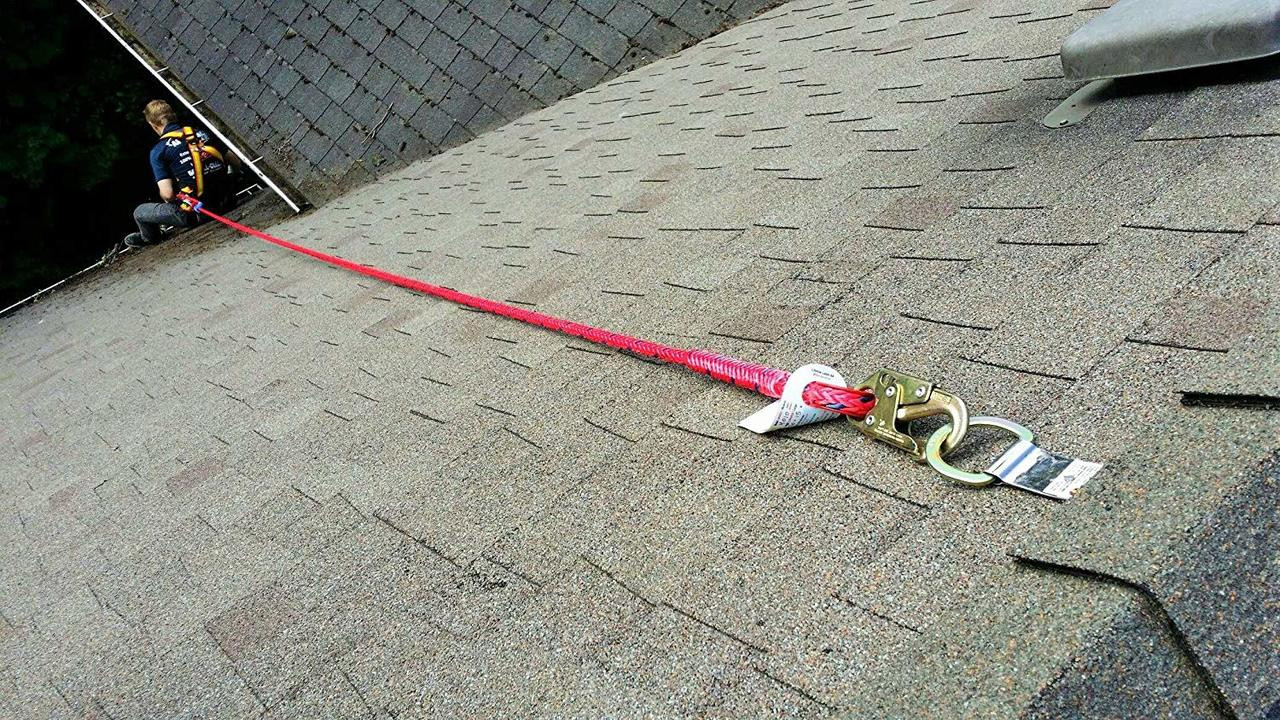How to Install a Permanent Roof Anchor
Posted by Howie Scarboro - CEO Fall Protection Distributors, LLC on Nov 2nd 2020
A permanent roof anchor is a must-have for people in charge of projects or contracts on roof or building such as rooftop construction, maintenance, and repair. Anchors are perfect fall protection solutions, and to ensure that your equipment is working correctly, have it adequately inspected and installed successfully.
An excellent example of a permanent anchor would be the Super Anchor 2815, one of the best sellers in this category. It is designed to be retrofitted to existing roofs to provide a safe and simple anchor point on both sides of the ridge.


Installation
Your device comes with a manual, and to ensure that it works just fine, whether you are installing a temporary roof anchor system or a permanent one, follow all the instructions provided. Make a thorough inspection to check for defects or decay in structures, trusses, and rafters to avoid any untoward incidents.
When you install permanent roof anchors, make sure that the structural integrity of the roof is reliable.
Your roofing material must be capable of withstanding or supporting the minimum tensile load needed, which is 5,000 pounds. Select carefully as well the installation area and seek professional opinion on structure security to lessen the risk of swing fall hazards and minimize free fall risks.
On the other hand, Some contractors or homeowners prefer non-penetrating roof anchors. These are meant for more short-term jobs, and residential roof anchors are the right choice. These are specially designed for residences or establishments that do not want their roofs to be nailed. A non-penetrating roof anchor uses counterweight and resistance to keep and attach a worker on the roof safely.
Inspection
Before installation: Inspect for signs of damage or if there are missing parts. If the roof anchor appears to be in a sorry state or condition, contact your manufacturer for a replacement.
You should do a quick visual inspection of the equipment. During the inspection process, confirm that nothing is visibly broken or damaged in your roof anchor or any other system component. If any material is damaged or unsafe, the equipment should be far from service immediately.
Remove your roof anchor system from service if the device or equipment has experienced forces of fall arrest. Seek only professional help or assistance from the manufacturer. Equipment must be evaluated as to the presence of any signs of extreme wear or damage.
Apart from inspecting the equipment before each use, a professional or the representative from the manufacturer should check the roof anchor system annually. A professional should also inspect the system daily, especially if subject to daily or regular use. You must always read the handbook thoroughly to maximize the effective use of the equipment.
To reinforce the possibility of a successful fall arrest with a fall protection system, the inspection points stated above must be followed. Damaging equipment such as your system is typical, especially when performing tasks in a construction or industrial environment. To maximize your roof anchor's effectiveness, you should regularly take the time to examine your devices before you use them. The likelihood of using damaged equipment is reduced when you conduct frequent inspections. When your system is exposed to fall arrest forces, the possibility of an equipment failure is also decreased.

